
Guruvayur houses the famous Guruvayur Sri Krishna Temple, the fourth biggest temple in India in terms of the number of devotees per day.
Nickname: Dwarka of the South

Guruvayur houses the famous Guruvayur Sri Krishna Temple, the fourth biggest temple in India in terms of the number of devotees per day.
Nickname: Dwarka of the South
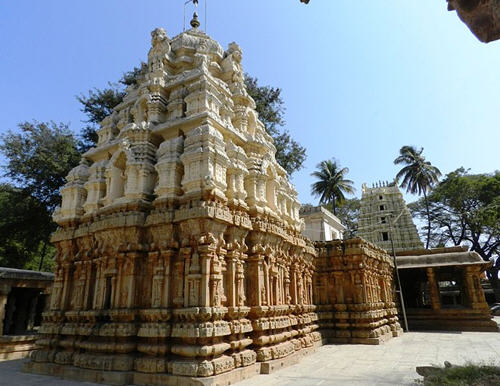
The story of Candra’s installation of Somesvara is found in the Skanda Purana and the Mahabharata. Although Candra, the moon-god, was married to all twenty-seven daughters of the progenitor Daksa, he was partial to Rohini, keeping her always with him and neglecting the others.
Annoyed, the other twenty-six wives complained to their father. After repeated warnings, Daksa cursed Candra to suffer from tuberculosis, lose his beauty and radiance, and wane into nothingness. Candra’s affliction disturbed the tides and the growth of vegetation. Sages asked Daksa to withdraw his curse, but he said he didn’t have the power to do so. He advised Candra to take refuge in Lord Siva. Candra came to Prabhasa with his wife Rohini, found the Jyotir-linga here, and worshiped Lord Siva in that form. Pleased, Lord Siva blessed Candra with fortnightly phases of waning and waxing. Because the moon regained his growth and light here, the place became known as Prabhasa (“to shine”).
Nearby from Somnath, one can also visit Pandava-gufa, a cave associated with Pandavas, who according to the Mahabharata did their penance at Prabhasa.

Lord Krishna left earth from this spot. His footprints in marble are installed in a small open shrine. This place is called as Shri Krishna Nija Dham Prasthan Tirth (DEHOTSARG TIRTHA). This Tirtha is exactly located on the banks of Hiran at a distance of 1.5km from Somnath temple. The Local temple suggests that Shri Krishna departed on the first day of bright fortnight of Chaitra month (which corresponds with 18th February of English calendar) in the year 3102 B.C. at 2:27:30 hours.
Close by is the Gita temple, where you can see the Deity of flute-playing Krishna. On the right side of the temple in a small attached shrine is a Deity of Lord Balarama with Ananta Sesa, His expansion. This is considered the site where Lord Balarama departed from the earth from here in his original serpent form. This is marked by an ancient holy cave called “Dauji-ni Gufa”
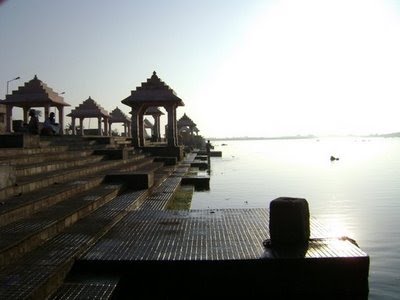
Next to Balarama’s shrine is a Laksmi-Narayana temple. A room used by Vallabhacarya, founder of the Pusti Marga spiritual line, is in a courtyard nearby. His followers worship this place.
Opposite to Laksmi-Narayana temple is the confluence of three rivers: the Hiranya, the Kapila, and the now dried up Saraswati. This is well known confluence for Bathing known as TREEVENI SANGAM SNAN GHAT
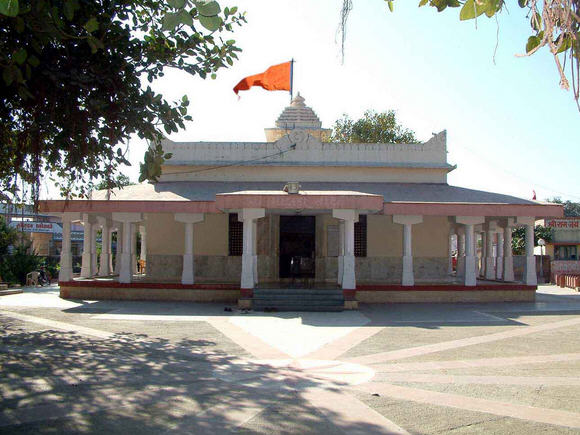
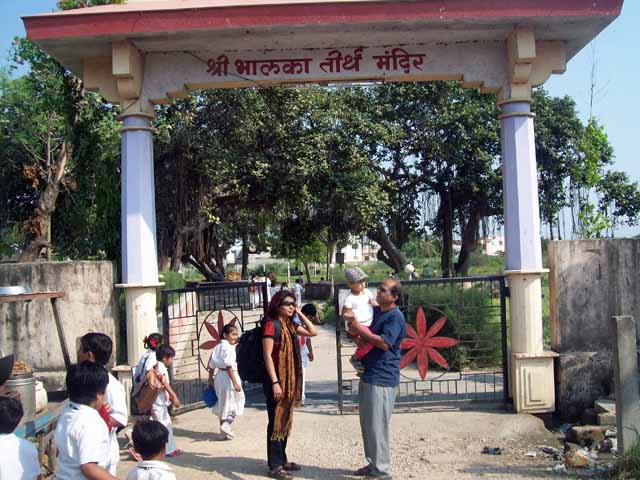
On the way to Veraval, a larger city six kilometers northwest of Somnath, is the place “Bhalka” where there is a Krishna temple known as Bhalka Tirtha. The temple is built around the tree under which Krishna was sitting when Jara, the hunter, shot an arrow into His foot. Lord Krishna was resting in meditation under a peepal tree when the hunter misread the foot of Lord Krishna as a deer and hit from a distance. Lord generously pardoned and blessed him & sent him to Vaikuntha. This divine lila of Lord Krishna is immortalized by a beautiful temple and an ancient peepal tree. Lord Krishna then arrived at the holy banks of river Hiran from where he took his last journey to his own abode in spiritual world.
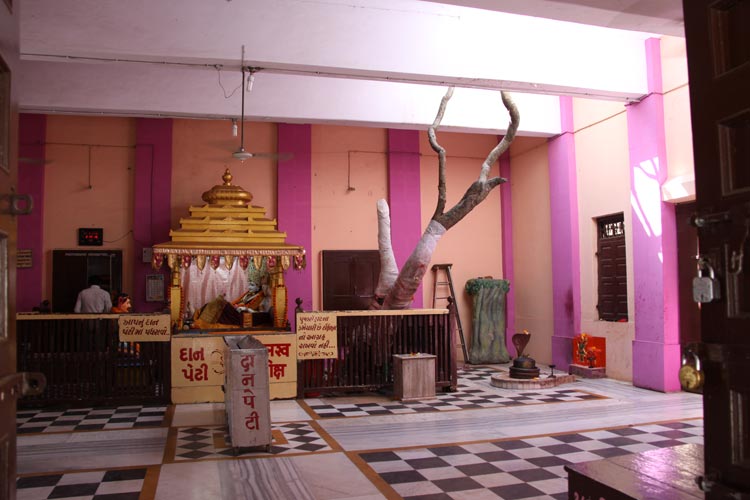
Temple Hall – Bhalka Titha
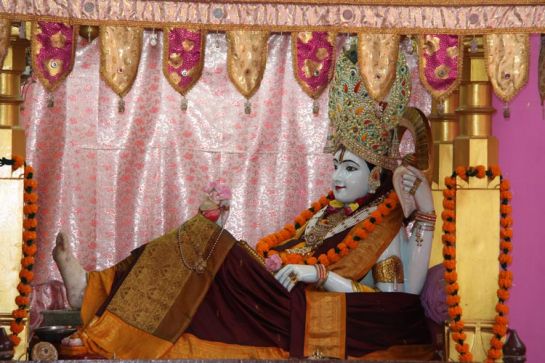
Lord Krishna inside the Temple
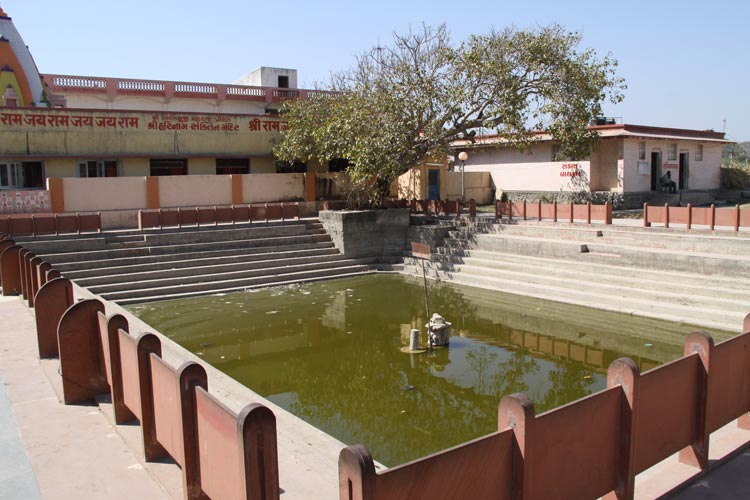
Kund – Bhalka Tirtha

On the left side of the tree is a white marble altar on which Lord Krishna is sitting. His pink foot points toward Jara, who kneels with folded hands. At this spot Lord Krishna spoke His final instructions to Uddhava. [Srimad Bhagavat 11th canto]